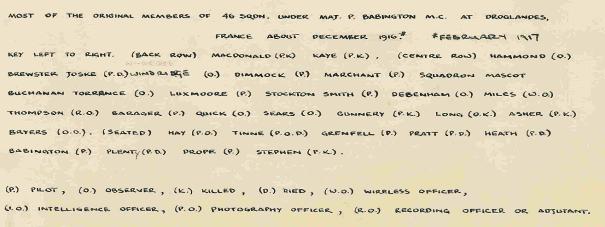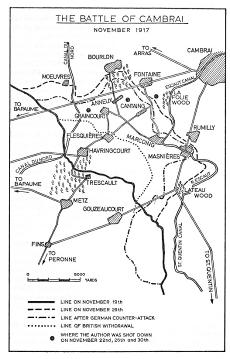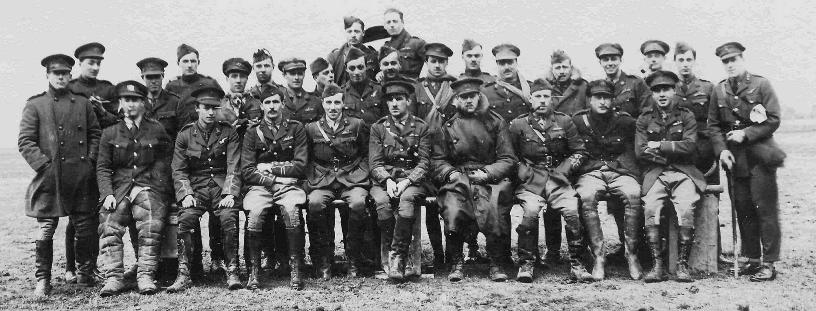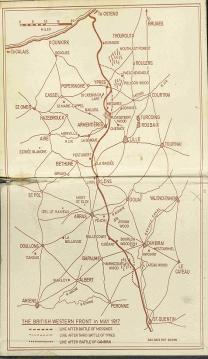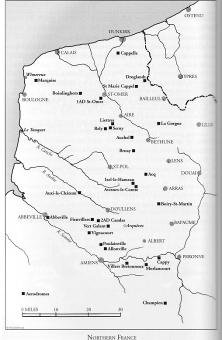
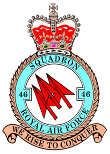




|
No 46 Squadron was formed at RAF Wyton on 19 April 1916 from a nucleus trained in No. 2 Reserve Squadron and moved to France in October 1916 equipped with Nieuport 2-seaters. The squadron undertook artillery co-operation, and surveillance operations until May 1917, when it took on a more offensive role after re-arming with the Sopwith Pup The change from a corps to a fighter squadron came at a moment when Allied air superiority was being seriously challenged by Germany, in particular by the introduction of the "circuses" which were formed and led by Manfred von Richthofen (the "Red Baron"). Operating under the 11th Army Wing, the squadron was intensively engaged and had many combats with the enemy. In July 1917, No 46 Squadron returned to Sutton's Farm (later RAF Hornchurch), Essex, for the defence of London, which had been heavily raided by Gotha bombers a short time previously; no enemy aircraft penetrated its patrol area however, and the squadron returned to France at the end of August. In November 1917, the squadron was re-equipped with Sopwith Camels and gave valuable assistance to the infantry in the Battle of Cambrai attack. During the closing stages of the War, the Squadron was very active bombing lines of communication and ammunition dumps in the Enemy rear areas. Intensive low-level ground attack work was carried out after the German Spring Offensive in March 1918, the unit suffering high casualties as a result. The squadron also did excellent work in the German Great Retreat in the few weeks before the signing of the Armistice. Towards the end of January 1919, No 46 Squadron was reduced to a cadre and in February was returned to England early, being finally disbanded on the last day of the year. For more detailed information on the Squadron’s activities during the First World War click here to go the WW1 extract of the Squadron's Operational Record book.
|
|
The First World War |
